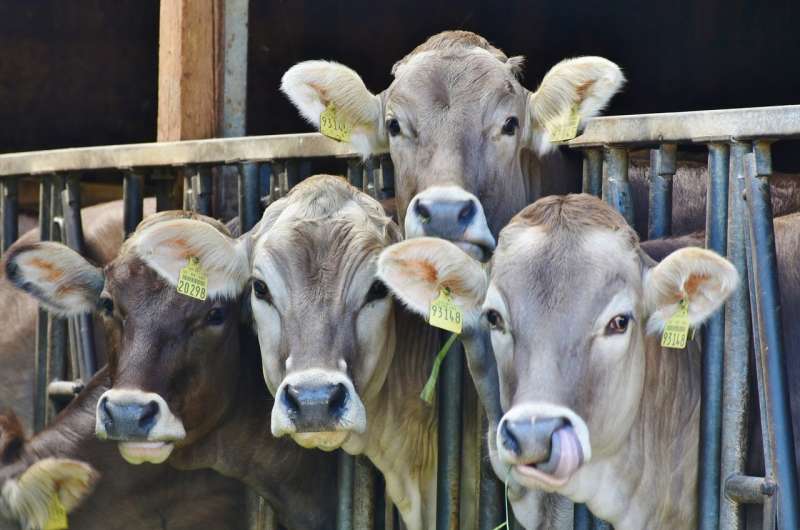Development of bacteriocins from dairy wastes

Scientists are investigating the potential of microbial chemical weapons for use in various industries, such as horticulture, the food industry, veterinary medicine, and even in cancer treatment. A new promising source for extracting such chemicals from dairy waste is reported in the International Journal of Environmental Technology and Management.
Microbes make their own chemical weapons to kill or harm species that might attack them. Microbial fungi for instance make the antibacterial compounds we know as antibiotics. Non-pathogenic bacteria themselves also make such weapons to preclude the growth of other bacterial species around them. One group of such chemical weapons are known as bacteriocins. These compounds can be short-chain peptides or even fully-folded proteins. They have a wide range of biological activity.
Harikrishnan Hariharan of Saintgits College of Engineering, Kottukulam Hills, Kottayam District and V.B. Jyothy and Steffy P. Vinson of the MET's School of Engineering in Thrissur District in Kerala State, India, have investigated sludge from the dairy industry and various other sources, including soil and industrial wastewater. The dairy waste showed great potential as a source of bacteriocins, the team reports.
The team writes that bacteriocins from lactic acid bacteria (found in dairy waste) could be used to make food preservatives, therapeutics for veterinary or medical use, and as phytosanitary for protection of plants. Other experiments with bacteriocins have shown some of them to selectively and actively penetrate human cancer cells causing the cells to die. The fact that they are produced by bacteria that do not cause human or animal disease, steps over one of the various hurdles that might initially be barriers to the commercial development of such products.
The team's experiments focused on fluorescent pseudomonads from samples obtained from the dairy industry. The team saw activity with extracts of these against the pathogenic microbe Salmonella typhi. The present study offers a novel source for bacteriocins that could be generated in bulk for a wide range of applications.
More information: Harikrishnan Hariharan et al, Development of bacteriocins from dairy wastes, International Journal of Environmental Technology and Management (2022). DOI: 10.1504/IJETM.2022.122621
Provided by Inderscience




















